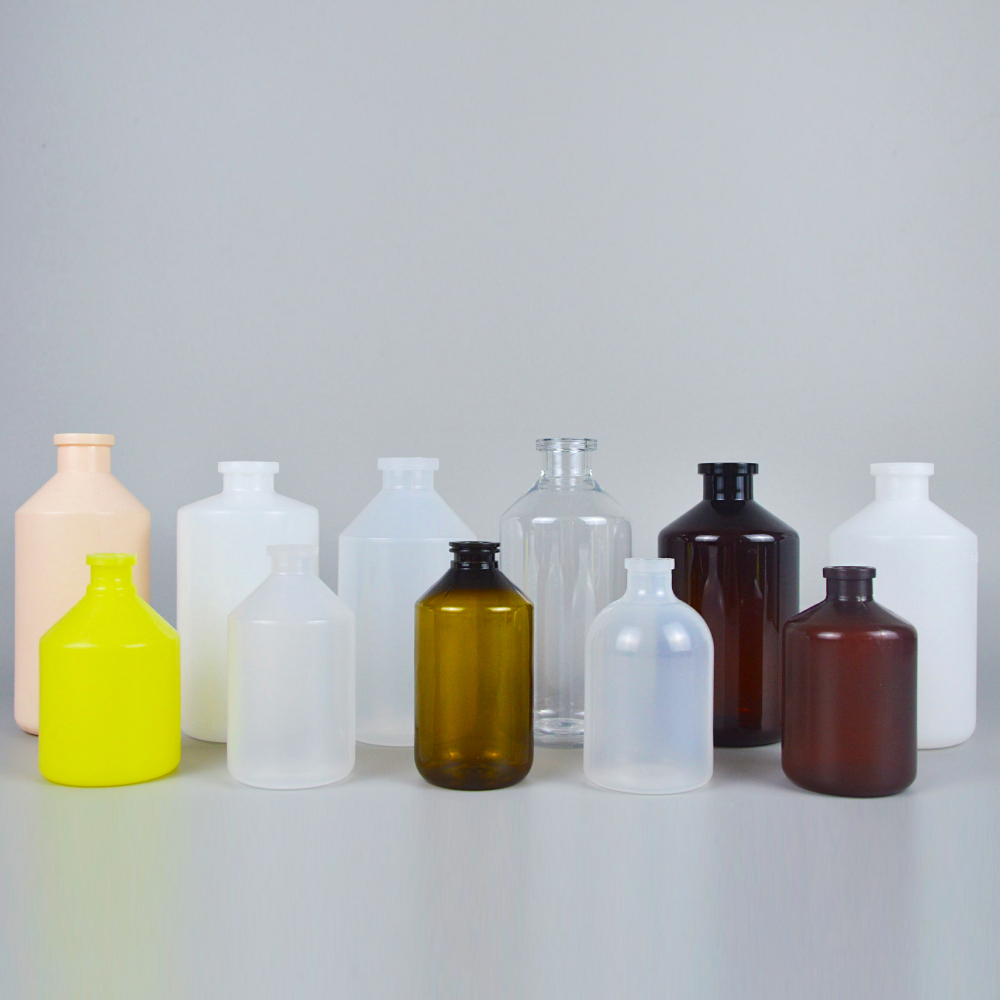
-
 Afrikaans
Afrikaans -
 Albanian
Albanian -
 Amharic
Amharic -
 Arabic
Arabic -
 Armenian
Armenian -
 Azerbaijani
Azerbaijani -
 Basque
Basque -
 Belarusian
Belarusian -
 Bengali
Bengali -
 Bosnian
Bosnian -
 Bulgarian
Bulgarian -
 Catalan
Catalan -
 Cebuano
Cebuano -
 Corsican
Corsican -
 Croatian
Croatian -
 Czech
Czech -
 Danish
Danish -
 Dutch
Dutch -
 English
English -
 Esperanto
Esperanto -
 Estonian
Estonian -
 Finnish
Finnish -
 French
French -
 Frisian
Frisian -
 Galician
Galician -
 Georgian
Georgian -
 German
German -
 Greek
Greek -
 Gujarati
Gujarati -
 Haitian Creole
Haitian Creole -
 hausa
hausa -
 hawaiian
hawaiian -
 Hebrew
Hebrew -
 Hindi
Hindi -
 Miao
Miao -
 Hungarian
Hungarian -
 Icelandic
Icelandic -
 igbo
igbo -
 Indonesian
Indonesian -
 irish
irish -
 Italian
Italian -
 Japanese
Japanese -
 Javanese
Javanese -
 Kannada
Kannada -
 kazakh
kazakh -
 Khmer
Khmer -
 Rwandese
Rwandese -
 Korean
Korean -
 Kurdish
Kurdish -
 Kyrgyz
Kyrgyz -
 Lao
Lao -
 Latin
Latin -
 Latvian
Latvian -
 Lithuanian
Lithuanian -
 Luxembourgish
Luxembourgish -
 Macedonian
Macedonian -
 Malgashi
Malgashi -
 Malay
Malay -
 Malayalam
Malayalam -
 Maltese
Maltese -
 Maori
Maori -
 Marathi
Marathi -
 Mongolian
Mongolian -
 Myanmar
Myanmar -
 Nepali
Nepali -
 Norwegian
Norwegian -
 Norwegian
Norwegian -
 Occitan
Occitan -
 Pashto
Pashto -
 Persian
Persian -
 Polish
Polish -
 Portuguese
Portuguese -
 Punjabi
Punjabi -
 Romanian
Romanian -
 Russian
Russian -
 Samoan
Samoan -
 Scottish Gaelic
Scottish Gaelic -
 Serbian
Serbian -
 Sesotho
Sesotho -
 Shona
Shona -
 Sindhi
Sindhi -
 Sinhala
Sinhala -
 Slovak
Slovak -
 Slovenian
Slovenian -
 Somali
Somali -
 Spanish
Spanish -
 Sundanese
Sundanese -
 Swahili
Swahili -
 Swedish
Swedish -
 Tagalog
Tagalog -
 Tajik
Tajik -
 Tamil
Tamil -
 Tatar
Tatar -
 Telugu
Telugu -
 Thai
Thai -
 Turkish
Turkish -
 Turkmen
Turkmen -
 Ukrainian
Ukrainian -
 Urdu
Urdu -
 Uighur
Uighur -
 Uzbek
Uzbek -
 Vietnamese
Vietnamese -
 Welsh
Welsh -
 Bantu
Bantu -
 Yiddish
Yiddish -
 Yoruba
Yoruba -
 Zulu
Zulu
Comparison of Petri Dishes and Plates in Microbial Culturing Techniques
Petri Dish vs. Plate Choosing the Right Tool for Microbial Cultivation
When it comes to microbiology and laboratory practices, the choice of cultivation vessel can significantly impact the results of experiments. Two commonly used tools in this realm are the Petri dish and the culture plate. While they may seem similar at first glance, their characteristics, uses, and advantages differ significantly. Understanding these differences is crucial for researchers aiming for successful microbial cultivation.
Petri Dish vs
. Plate Choosing the Right Tool for Microbial CultivationOn the other hand, plates refer to a broader category that includes various types of flat vessels used for microbial growth. This may encompass Petri dishes, but the term “plate” can also refer to larger, deeper plates used in specific types of culture applications, such as those employed in growing batch cultures or in fermentation processes. Unlike Petri dishes, these deeper plates may provide additional volume for liquid media and allow for more extensive growth conditions.
petri dish vs plate

One of the primary advantages of the Petri dish is its practicality for isolating and observing bacterial colonies. Researchers can easily streak or spread inoculum on the surface of the agar within the dish, allowing for distinct, isolated colonies to form. This is particularly beneficial in identifying different microorganisms and determining their characteristics. Additionally, the transparent nature of the Petri dish allows for easy observation of growth patterns and colony morphologies without the need to open the container, thus reducing contamination risk.
Conversely, the larger and deeper plates offer advantages for specific applications. They can accommodate larger volumes of liquid culture and provide a suitable environment for organisms that require more space to grow, such as certain types of fungi or when creating mixed cultures. These plates may also serve well in certain industrial or pharmaceutical applications where bulk production of microorganisms is necessary.
When selecting between a Petri dish and a plate, researchers must consider their specific needs. For simple isolation and observation of microbial colonies, Petri dishes are typically the go-to choice. However, for large-scale applications or when working with more complex growth requirements, deeper plates may prove more suitable.
In conclusion, while Petri dishes and plates serve the same fundamental purpose of cultivating microorganisms, their characteristics dictate their usage in various situations. Petri dishes excel in simplicity, ease of use, and effective observation of colony growth, while plates offer versatility for larger-scale operations. Understanding these differences plays a crucial role in microbiological research, helping ensure that scientists select the right tool for the job, ultimately leading to more reliable and reproducible results in their studies. The choice of cultivation vessel may seem trivial, but it can greatly influence the success of microbial experiments and the advancement of scientific knowledge.
-
PTFE Centrifuge Tubes - Chemical Resistant, Leak-proof, Ideal for Laboratory UseNewsJul.05,2025
-
Premium Metal Dropper Bottle for Precise Dispensing 250ml & 1ml Options AvailableNewsJul.04,2025
-
20 ml Headspace Vials - High Quality Polyethylene & Plastic Vials for Lab UseNewsJul.04,2025
-
Small Bottle with Pipette - Precise Dispensing 100ml Pipette Bottles for Essential Oils & Lab UseNewsJun.24,2025
-
Acetic Anhydride Bottle for Accurate Dropper Measurement in Pharmacy Use High-Quality Dropper BottlesNewsJun.10,2025
-
Innovative PET Bottle Design for Juice – Unique Shapes & Customization OptionsNewsJun.10,2025






















